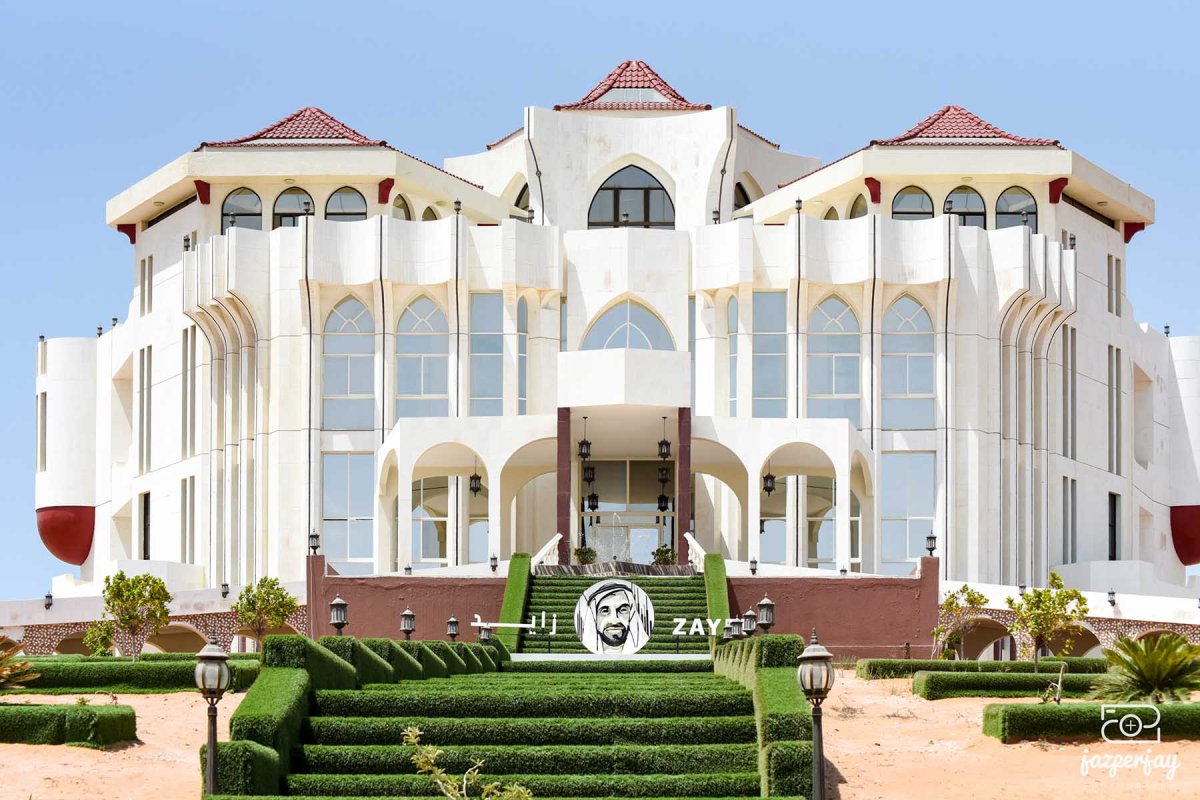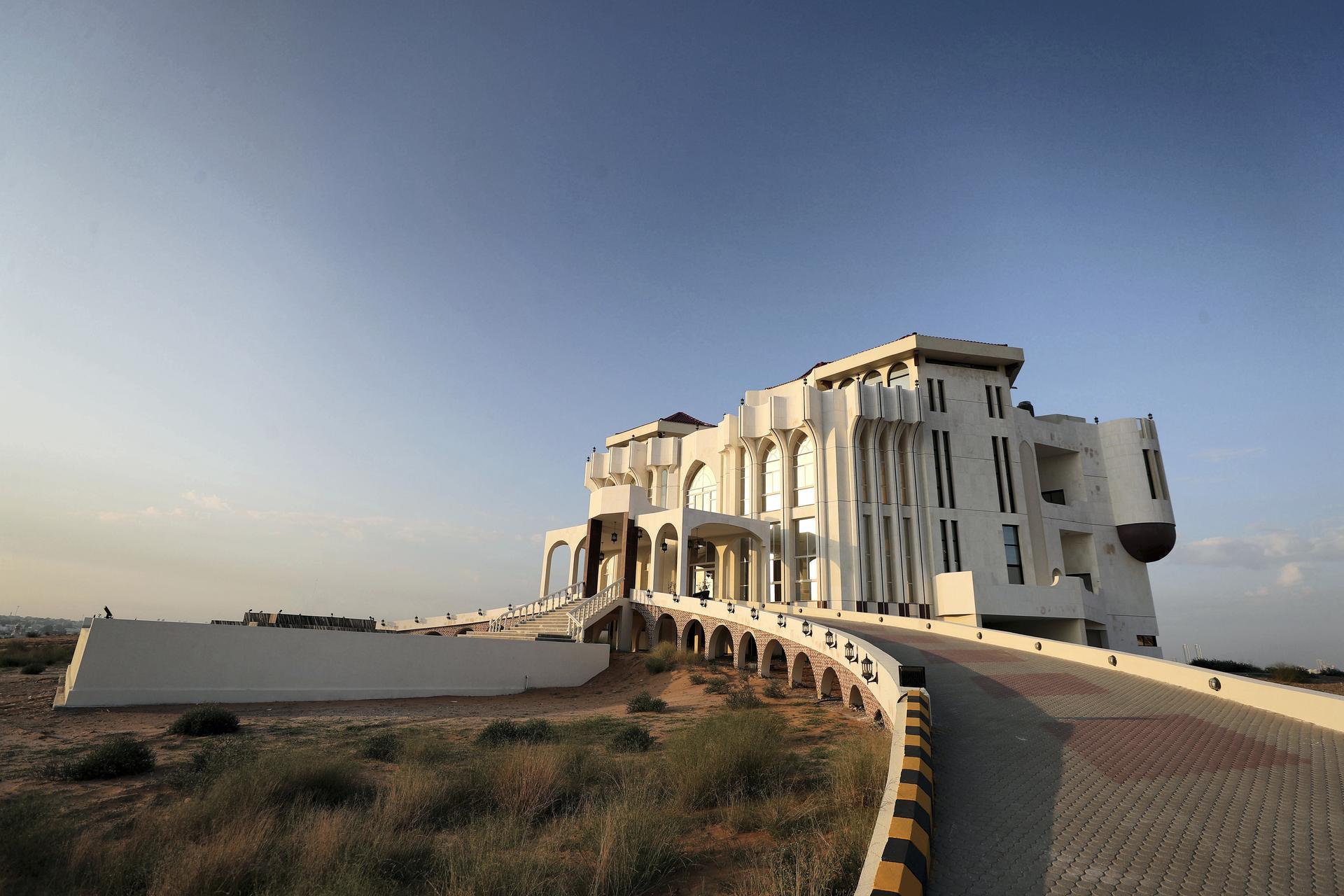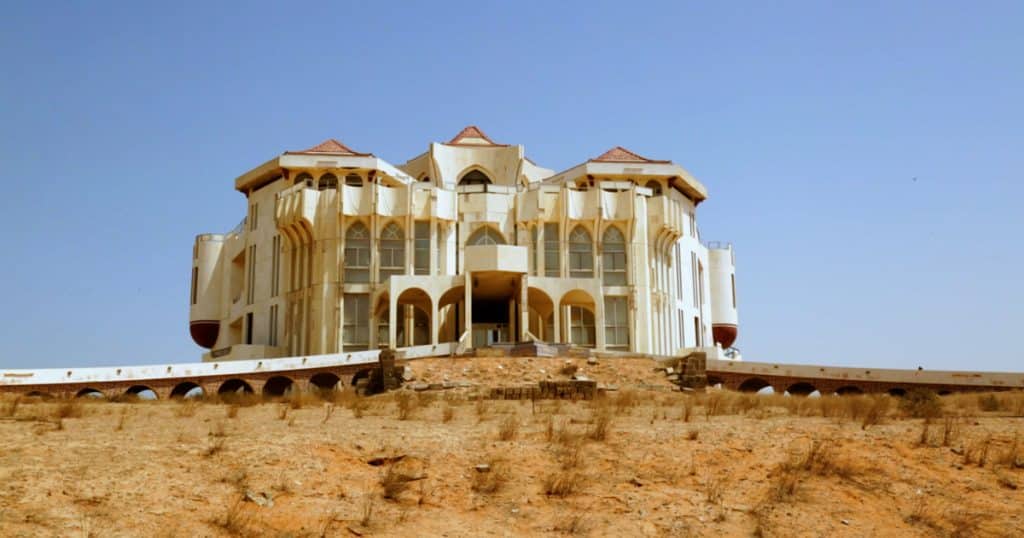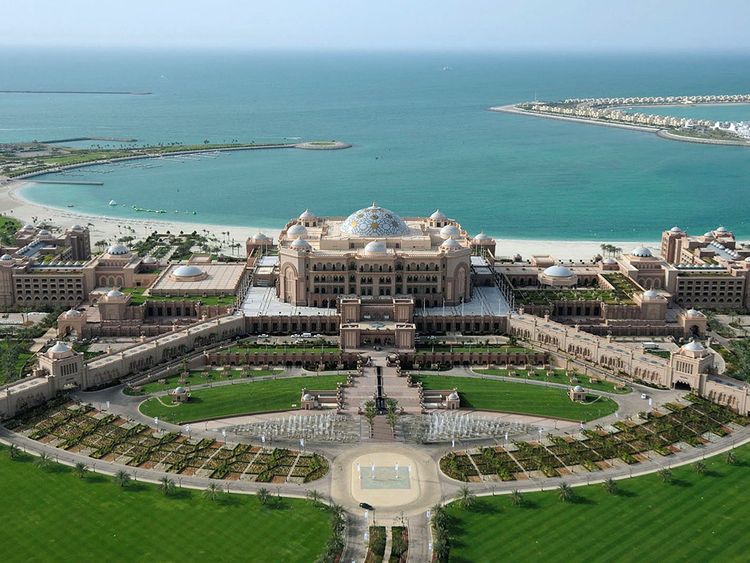The Enchanting Saga of Al Qasimi Palace Real Story: Unveiling the Secrets of History and Grandeur
Al Qasimi Palace stands as a majestic testament to the rich history and grandeur of its era. Located in the heart of a bustling city
This architectural masterpiece has witnessed significant events, captivating legends, and the rise and fall of empires. In this article, we delve into the real story behind Al Qasimi Palace real story, shedding light on its historical significance, captivating anecdotes, and the enduring legacy it carries.
Join us on a captivating journey as we unravel the mysteries and unveil the remarkable tales woven within the walls of Al Qasimi Palace.

A Glimpse into History
To understand the real story behind Al Qasimi Palace, we must embark on a journey through time. Al Qasimi Palace, also known as Qasr Al Husn, traces its origins to the 18th century when it was built by the ruling Al Qasimi family.
The palace served as the residence and administrative center for the ruling sheikhs, who played a significant role in the political landscape of the region. Over the years, it underwent several renovations and expansions, reflecting the architectural styles of different periods.
The palace witnessed the rise and fall of various empires that sought to exert their influence over the region. It was during the British occupation in the 19th century that the palace underwent significant changes, reflecting the colonial architectural influences of the time.
Despite these changes, the palace has retained its essence, serving as a symbol of the region’s history and the resilience of its people.
Architectural Marvels
The architectural brilliance of Al Qasimi Palace’s real story is a testament to the craftsmanship of its builders. The palace’s design showcases a fusion of Islamic and European architectural elements, resulting in a unique and visually striking structure.
The exterior features intricate geometric patterns carved wooden screens, and arched doorways that reflect traditional Arabian craftsmanship. The interiors boast lavish rooms adorned with intricate stucco work, delicate frescoes, and ornate chandeliers, providing a glimpse into the opulence and grandeur of the era.
One of the most remarkable features of Al Qasimi Palace is its majestic watchtower. Standing tall, it offers panoramic views of the surrounding city and the shimmering Arabian Gulf.
The watchtower served as a strategic vantage point for the ruling sheikhs, allowing them to monitor activities within the palace and beyond.
Legendary Tales and Anecdotes
Al Qasimi Palace real story is steeped in legendary tales and intriguing anecdotes that have been passed down through generations. One such tale revolves around the palace’s secret underground tunnels, believed to have been used for escape routes or hidden passages during times of conflict.
These tales add an air of mystery and adventure to the palace’s rich history, captivating visitors and fueling their imaginations.
Another captivating legend associated with Al Qasimi Palace is the story of hidden treasure. According to local folklore, a secret chamber within the palace contains untold riches and precious artifacts.
While no concrete evidence has been found to substantiate these claims, the notion of hidden treasure continues to intrigue visitors and treasure hunters alike.
Restoration and Preservation Efforts
Preserving the historical and cultural significance of Al Qasimi Palace is of paramount importance. Recognizing its architectural and historical value, extensive restoration efforts have been undertaken to ensure its preservation for future generations.
The restoration process involved meticulous research, analysis, and the expertise of skilled craftsmen.
Restoration efforts focused on retaining the authenticity of the palace while addressing structural issues and restoring damaged areas. Traditional building techniques and materials were employed to maintain the original charm and character of the palace.
Today, visitors can experience the magnificence of Al Qasimi Palace, walking through its restored halls and marveling at the intricate details that have been painstakingly revived.

Al Qasimi Palace – The Real Story
Al Qasimi Palace real story has evolved into more than just a historical site; it has become a cultural hub and a symbol of national pride. Today, the palace houses museums and exhibitions that showcase the region’s history, art, and heritage. Visitors can explore the various galleries, which house artifacts, photographs, and interactive displays, offering insights into the palace’s past and the broader cultural landscape.
Additionally, Al Qasimi Palace serves as a venue for cultural events, festivals, and educational programs. It provides a platform for artists, performers, and historians to showcase their talents and share knowledge, ensuring that the legacy of the palace remains vibrant and alive.
Its paranormal reputation has long attracted thrill seekers from across the country and even inspired an Arabic novel by journalist Rym Tina Ghazal.
Holy men came too, promising to expel unwelcome spirits with incantations. They scratched out the eyes of humans and animals from paintings and beheaded plaster birds, in the belief that the depiction of human-like forms was un-Islamic and would attract jinn.
Mr Al Sharhan bought the property last year, after years of negotiation.
The restoration took six months. Today, it has the air of a polished estate, no speck of dust, and no trace of jinn.
The 40 French and Belgian crystal chandeliers were dusted and polished, the Moroccan wall tiles repainted and re-stuck, the paintings restored, and the heads re-sculpted on plaster birds.
Is Al Qasimi Palace Still Haunting?
No. Al Qasimi Palace was rumoured to be haunted. But it has now been opened to the general public for tours and no reporting related to ‘Hauntings’ have been reported to the authorities by any tourists. In summary, there is no evidence that Al Qasimi palace is still haunted.
Why is Al Qasimi Called Ras Al Khaimah Ghost House?
It’s possible that this name could have emerged in local folklore or as a result of various myths and rumors circulating in the region.
The term “Ghost House” is often used colloquially to describe buildings or places that are believed to be haunted or have paranormal activity. However, such claims are typically based on subjective experiences and lack scientific evidence.
Al Qasimi Palace, or Al Hisn, is a historical residence of the ruling Al Qasimi family in Ras Al Khaimah, United Arab Emirates. It has significant cultural and historical importance in the region.
If the nickname “Ras Al Khaimah Ghost House” has gained popularity among the locals or visitors, it could be due to the palace’s mysterious and abandoned appearance, as well as the fascination with stories of hauntings.
How much is entry to Ras Al Khaimah Ghost House?
As per the information provided in the previous text, the entry fee to visit the Al Qasimi Palace, which is sometimes referred to as the “Ras Al Khaimah Ghost House,” is as follows:
Individual tickets: AED 75 (per person)
Group tickets: AED 50 (per person)
Final Thoughts
Al Qasimi Palace stands as a beacon of history, artistry, and heritage. Its real story captivates and enchants, weaving together the triumphs and trials of bygone eras. From its architectural splendor to the legendary tales that echo within its walls, the palace continues to inspire awe and curiosity.
As efforts to preserve and showcase its magnificence persist, Al Qasimi Palace real story remains a testament to our shared human history, inviting us to explore, learn, and connect with the past.
Visit this architectural gem, delve into its captivating tales, and be transported to a world of history and grandeur.






